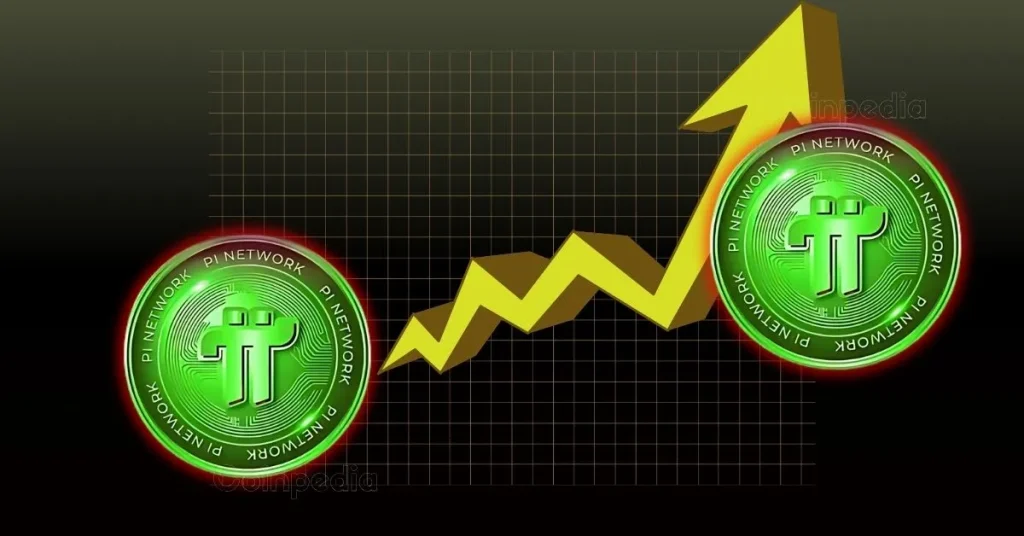
Retail company GameStop (GME) has announced plans to raise up to $1.3 billion to buy Bitcoin for its treasury. This comes just a day after the company announced BTC’s addition to its treasury reserve holdings. Meanwhile, the GME stock price has dropped following this announcement.
GameStop To Raise $1.3 Billion To Buy Bitcoin
In a press release, GameStop revealed plans to raise up to $1.3 billion to buy Bitcoin. The company announced that it intends to offer $1.3 billion aggregate principal amount of 0.00% Convertible Senior Notes due 2030 in a private offering to qualified institutional buyers.
Furthermore, the retailer company also intends to grant the initial purchasers of the notes an option to purchase, within a 13-day period beginning on and including the date on which the notes are first issued, up to an additional $200 million aggregate principal amount of notes.
GameStop stated that it expects to use the net proceeds from the offering for general corporate purposes, including acquiring Bitcoin in a manner consistent with the company’s Investment Policy. This move comes just a day after the company updated its investment policy to add BTC as a treasury reserve after the board’s approval.
MicroStrategy co-founder Michael Saylor commented on this move. In an X post, he raised a poll, questioning the minimum amount of Bitcoin GME needs to buy to be respected by Bitcoiners. Interestingly, the company looks to be adopting MicroStrategy’s model of raising funds to buy Bitcoin through stock offerings.
The company has a lot of catching up to do to match MicroStrategy’s Bitcoin stack. Saylor’s company recently purchased 6,911 Bitcoin, bringing its total holdings to 506,137 BTC. Meanwhile,
GME Stock Drops Over 6%
MarketWatch data shows that GameStop’s stock has dropped over 6% amid the company’s plans to offer its convertible notes. The GME stock had surged over 30% between yesterday’s announcement and the early hours of trading today.
However, this drop has occurred amid concerns that the offering of these notes could lead to a dilution of existing shares. The stock price could still surge in the long term, especially considering how MicroStrategy’s Bitcoin Strategy has positively impacted the MSTR stock price.
The post Breaking: GameStop To Raise $1.3 Billion To Buy Bitcoin For Its Treasury appeared first on CoinGape.



